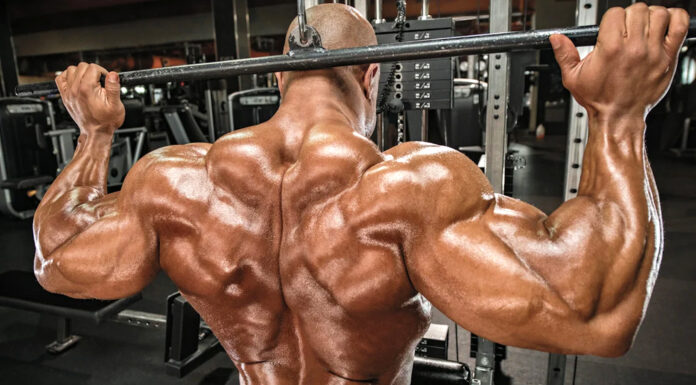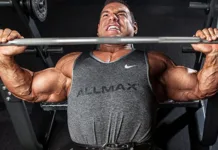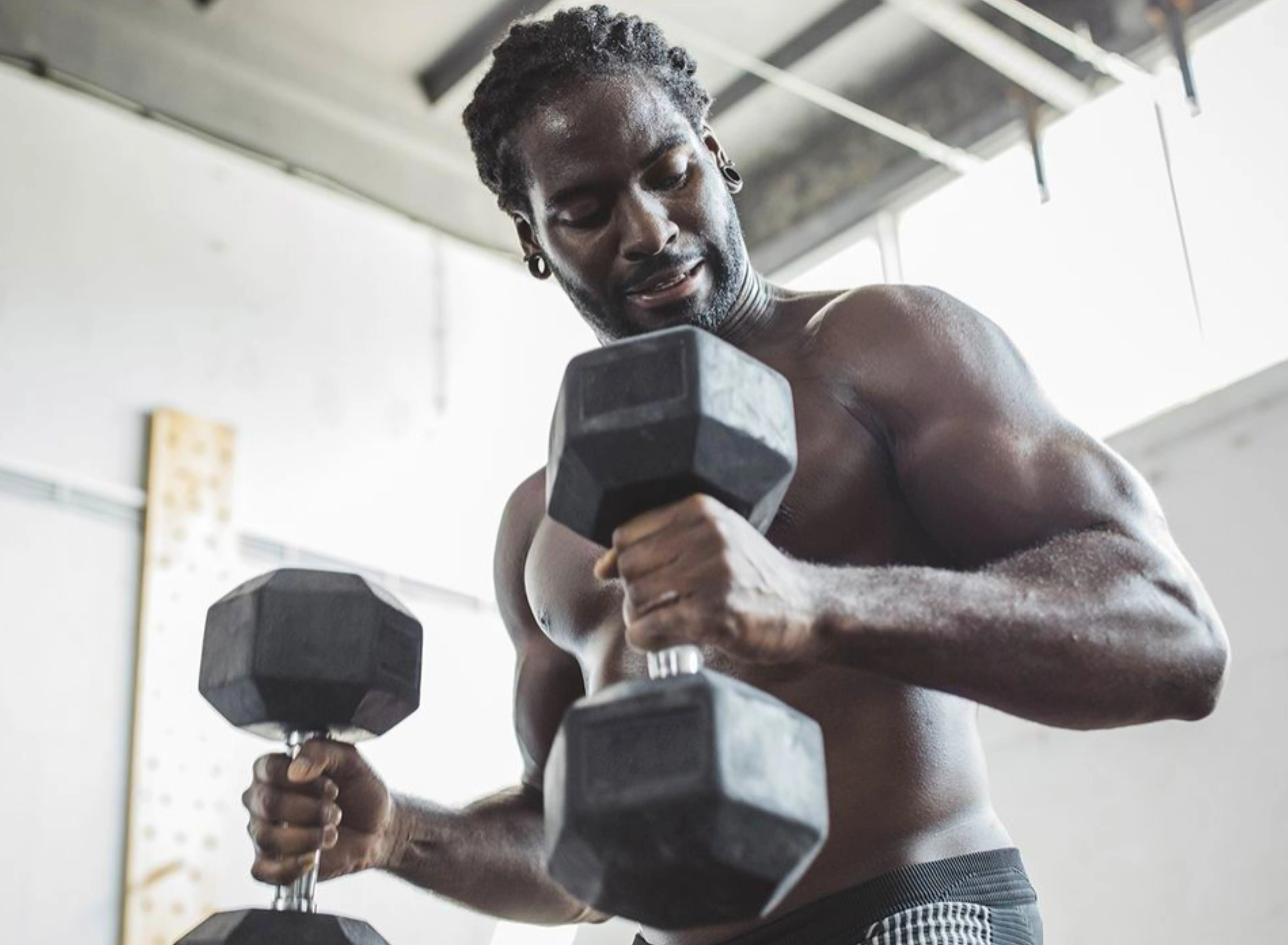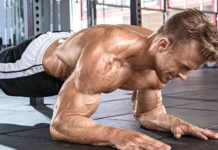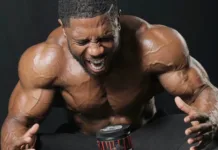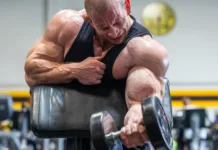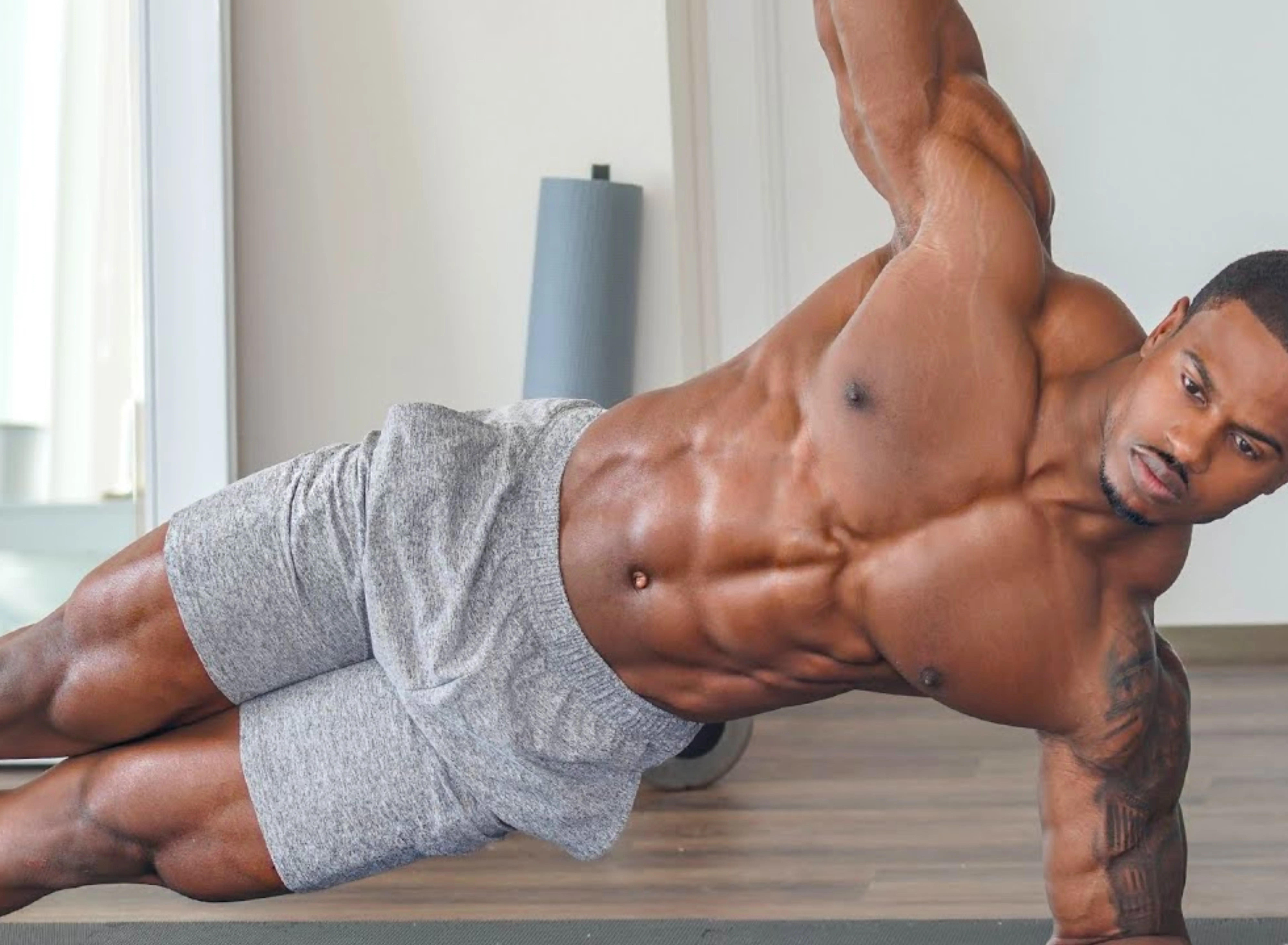Everything you need to know about sculpting a strong, healthy upper, middle, and lower back
How hard and how often do you train your back? If the answer is “not very,” you could be undermining your physique, as well as your performance. You could even be increasing your risk of injury.
If you want to build a back that you can be proud of, increasing your strength and athleticism in the process, it’s time to start taking back training more seriously. In this guide, we reveal why and how to build your best back ever.
- Who Needs to Train Their Back?
The short answer to this question is everyone! Back training is so important that everyone should include back exercises in their workouts. However, for the sake of clarity, let’s take a look at some individual groups that really need to train their backs hard and often.
Bodybuilders are judged on their entire physiques, and not just their chests, biceps, or quads. Well-developed back muscles make you look more powerful and give your upper body width and thickness. A big, muscular back is visible from the front and the side, as well as the rear.
- Powerlifters, Strongman competitors, and Weightlifters
Lifting heavy weights requires a strong back. Back strength is vital for stability, posture, and generating force. If your back is weak, you won’t be able to lift as much weight. You may also be more prone to injury.
- Athletes
All sportsmen and women need strong backs. Lower back injuries are all too common in sports, and many are caused by weakness. Strong back muscles can help injury-proof your body. This is especially important for athletes involved in contact sports, such as MMA, football, rugby, and hockey.
- Related Articles: Build Strength In Your “Legs And Back” With This Great Exercise
- People with manual labor jobs
Most manual labor jobs involve a lot of bending, twisting, and lifting. All of these actions are hard on your back. A stronger back will make these activities easier, so you finish your working day feeling much less tired. It’ll also reduce your chances of suffering a work-related injury.
- People with sedentary jobs or lifestyles
Long periods of sitting can lead to back muscle atrophy and weakness. Smaller, weaker back muscles can cause poor posture, back pain, and injuries due to over-exertion. Back training can help reverse the atrophy commonly associated with sedentary jobs and lifestyles.
- People with back pain
Providing your doctor says it’s okay to do so, back strengthening exercises can help relieve and prevent back pain. Back pain is often caused by weakness and poor posture. A lot of people with back pain are tempted to avoid training their lower backs because they fear it will make things worse. But, in reality, building back strength is one of the best ways to relieve many common back problems (1).
- Back Anatomy 101
Your back is made up of several important muscles. In exercises like deadlifts, all of these muscles work together. However, it is also possible to target each one with specific movements. This is useful if you want to change the shape of your back or address any areas of weakness.
Check Out Our List Of The Best Supplements For Building Muscle, Shredding Muscle, Recovery, Great Health, and Wellness Products!
The main muscles that make up your back are:
- Erector Spinae
Also known as your lower back muscles, the main job of the erector spinae is a spinal extension. The erector spinae, which runs up either side of your spine, is also essential for keeping your back stable during exercises like bent-over rows and squats. Long periods of sitting will weaken and stretch these muscles.
- Latissimus dorsi
When it comes to back training, these are the muscles that most people tend to think of. Located on the side of your upper back, when well-developed, the lats look like wings as they spread out from underneath your armpits. Their functions include shoulder extension, shoulder abduction, and shoulder medial rotation.
- Trapezius
This large kite-shaped muscle covers most of your upper back and controls the movement of your shoulder girdle. The upper fibers of the traps elevate your shoulder girdle. In contrast, the middle fibers pull your shoulders back and together. The lower traps pull your shoulders down.
- Rhomboids
Located between your shoulder blades, the rhomboids work with the middle fibers of your trapezius to pull your shoulders back. While the rhomboids don’t add a lot to your physique, they are essential for posture, and also for maintaining shoulder girdle stability during pressing and pulling exercises.
- Warming up before back training
Warm-ups are important regardless of what body part you are about to train, but they are especially crucial before back training. Why? Because long periods of sitting can leave your back muscles stretched and weakened and, if you jump into your workout too quickly, this could lead to injury.
A lower back injury is no laughing matter. Back injuries can take a long time to heal and pack pain can affect almost every aspect of your life, including sitting, standing, walking, and even sleeping.
Prepare your back for your workout by performing some light cardio to raise your core temperature and increase circulation. Then, when you are warm, mobilize your upper and lower spine with movements like gentle side bends and waist twists.
Finally, do a few sets of your chosen back exercises using very light weights – such as an empty barbell. Gradually increase the load over several sets until you feel ready to start your workout.
The Best Back Exercises
Whatever your back-building aspirations are, these are the ten best exercises to achieve it. Don’t try and do all of these exercises in your next back workout; that’s overkill. Instead, just choose 2-4, making sure you work all of the parts of your back, i.e., lower, middle, and upper.
For strength, do sets of 1-5 reps using heavy weights, resting 3-5 minutes between sets.
For hypertrophy, do sets of 6-12 reps with moderate weights, resting 60-90 seconds between sets.
For endurance, do sets of 13-20 reps with light weights, resting 30-60 seconds between sets.
Related Articles:
- How To Build A Massive Back With T-Bar Rows: “How-To, Muscles Worked, And Variations”
- The “10 Best Back Exercises” For Men To Build A Shredded V-Taper Back
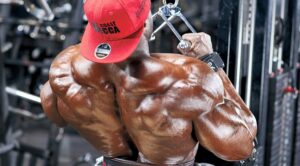
- Introducing 7-DAY CLEANSE by NU-TEK Nutrition®. This convenient yet potent cleanse features concentrated amounts of key herbs and botanicals! No bitter-tasting juices or bad-tasting powders
- Get a refreshing blend of vitamins, amino acids, and natural caffeine for a calm stimulation with LivPur ENERGY!
- Shop Bath & Beauty products at eVitamins.com!
For More News And Daily Updates, Follow IFBNewsfeed.Org on Facebook, Twitter, and Instagram. Comment, Like, And Share With Everyone Who May Need To Be Updated With The Most Recent Fitness/Bodybuilding/Powerlifting And CrossFit News.
